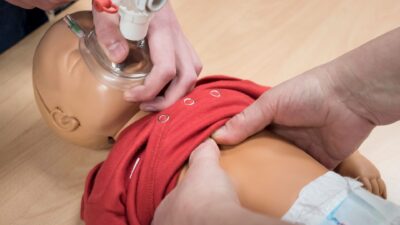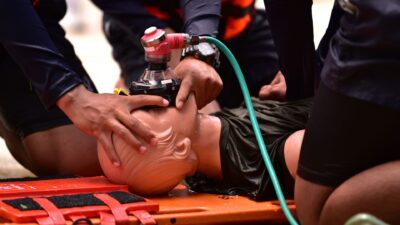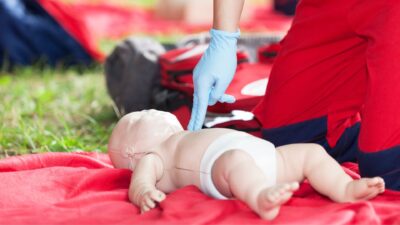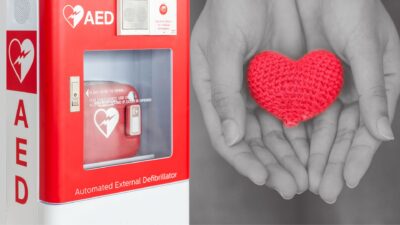
How to Use CPR Techniques in Conjunction with Other First Aid Skills
When an emergency strikes, knowing CPR alone isn’t always enough. Combining CPR techniques with other first aid skills can improve survival chances and reduce complications. Proper training, like obtaining a CPR certification from CPR Certification St. Petersburg, ensures you have the expertise needed to respond correctly in life-threatening situations. CPR classes teach you not only…
Read More







